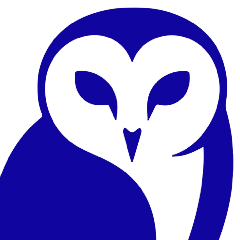An intriguing and fascinating book: “Let my people go surfing”
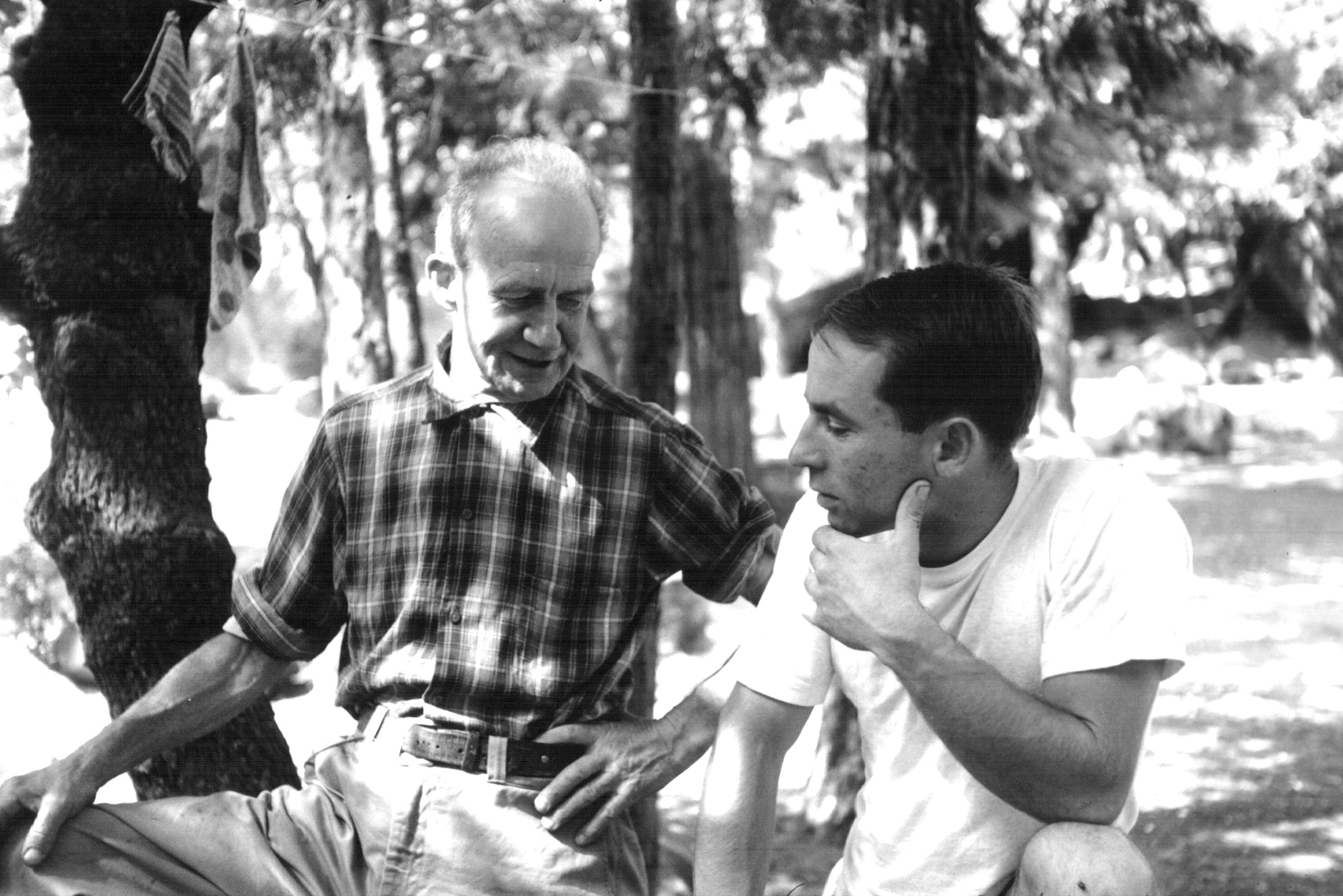
Patagonia is a well-known brand of outdoor clothing founded in 1973 in Ventura, California, by Yvon Chouinard.
Frédéric Laloux, in his book “Reinventing Organizations”, published in 2014, mentions the company several times as an example of an innovative corporation.
When we reorganized our library at BSL and created a file of our books, I discovered a book with a nice picture on the cover (a seashore with waves and green meadows) and an intriguing title: “Let my people go surfing. The Education of a Reluctant Businessman”, written by Yvon Chouinard and published in 2005 and 2016.
It rang a bell for me because I had read the book of Frédéric Laloux few years ago, and I decided to read it.
Chouinard’s book consists of two parts. The first one is his autobiography and a short history of the companies he created. The second explains the different philosophies developed over the years to make Patagonia an innovative, different and sustainable company.
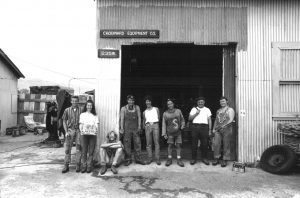
Author’s autobiography and history of the company
This first part is very important, because it makes the reader understand how the personality of the founder explains the different philosophies developed in the second part.
Born in 1938 in the Quebec Province of Canada and a native French-speaker, Yvon Chouinard moved as a child to California in 1946 with his family. As you can imagine, it was very challenging for him at the beginning to face a new language and new classmates. To become a member of the Southern California Falconry Club helped him integrate in his new environment. He had a strong love for nature and a passion for climbing. Fly-fishing was another hobby for him.
His passion for these outdoor activities lead him in 1957 to making a living from forging pitons and carabiners.
Unlike in Europe, climbers in North America take their pitons back in order to leave the nature intact. Consequently, each climbing expedition creates new holes in the rock, which is eventually damaging the environment. Chouinard realized then that we had to find a better way and Chouinard Equipment started to produce clean climbing chocks to replace the pitons.
His passion for fly-fishing lead him to fight for the dismantlement of dams, which prevent the breeding of salmons, and the restoration of spawning areas.
On page 38, Chouinard describes himself in the early ‘70s when he launched Patagonia: “I had always avoided thinking of myself as a businessman. I was a climber, a surfer, a kayaker, a skier, and a blacksmith.” He actually spent much time on testing the products of the company (which gave him a first-hand knowledge of the market and the clients)!
The following pages describe the difficulties encountered by the company, the decision to put a priority on quality rather than growth, and the way it grew nevertheless significantly.
The philosophies
Here is the first value of Patagonia as defined in 1991 during a trip of the management team in Patagonia:
“All decisions of the company are made in the context of the environmental crisis. We must strive to do no harm. Wherever possible, our acts should serve to decrease the problem. Our activities in this area will be under constant evaluation and reassessment as we seek constant improvement” (p.63)
Another very strong commitment is the following:
“To help mitigate any negative environmental consequences of our business activity, we impose on ourselves an annual tax of 1 percent of our gross sales, or 10 percent of profits, whichever is greater. All proceeds of this tax are granted to local community and environmental activism” (p.64)
These values, which also refer to a flat organization and an “open book” policy, are the source of the eight philosophies detailed in the book: product design, production, distribution, marketing, financial, human resource, management, and environmental. Product Design Philosophy and Environmental Philosophy are by far the most developed in the following pages of the book.
It is of course not possible to summarize all of them in such a blog, despite their interest.
The few examples following are just an appetizer.
Product Design Philosophy is articulated around questions like: Is it functional? Is it multifunctional? Is it durable? Are we just chasing fashion?
The definition of the ideal product I would use to summarize this comprehensive chapter is “functional, as simple as possible, durable, repairable, fitting the customer, easy to care for and clean, not causing any unnecessary harm and consequently beautiful”.
Let me quote Chouinard as these lines are an excellent example of his humor and made me laugh and think: “When I die and go to hell, the devil is going to make me the marketing director for a cola company. I’ll be in charge of trying to sell a product that no one needs, is identical to its competition, and can’t be sold on its merit. I’d be competing hands-on in the cola wars, on price, distribution, advertising and promotion, which would indeed be hell for me. Remember, I’m the kid who couldn’t play competitive games. I’d much rather design and sell products so good and unique that they have no competition.” (pp.86-7)
Let My People Go Surfing flextime policy
We find an explanation of the book title in the Human Resource Philosophy.
“It’s our first principle of hiring (…) that as many Patagonia employees as possible also be true Patagonia customers.” (p.157). The Let my People Go Surfing flextime policy (a major benefit) allowed Patagonia “to keep valuable employees who love their freedom and sports too much to settle for the constraints of a more regimented work environment” (p.162).
Another big benefit for the employees is the Great Pacific Child Development Center, which is much more than a mere kindergarten.
Conclusion
What impressed me the most when reading the book is the perfect alignment of all the philosophies, and the way the strong values at the core of the business pervade all aspects of the company culture.
I can only encourage you to read this eye-opening book.
Photos
Banner : John Salathé and Yvon Chouinard at Camp 4, Yosemite Valley, California, October 1964
Thumbnail credits : Ajay Suresh from New York, NY, USA, CC BY 2.0 <https://creativecommons.org/licenses/by/2.0>, via Wikimedia Commons
Banner and article credits: Tom Frost, CC BY 3.0 <https://creativecommons.org/licenses/by/3.0>, via Wikimedia Commons
NB
This blog post was orginally published on the blog of Business School Lausanne : www.bsl-lausanne.ch
Other posts
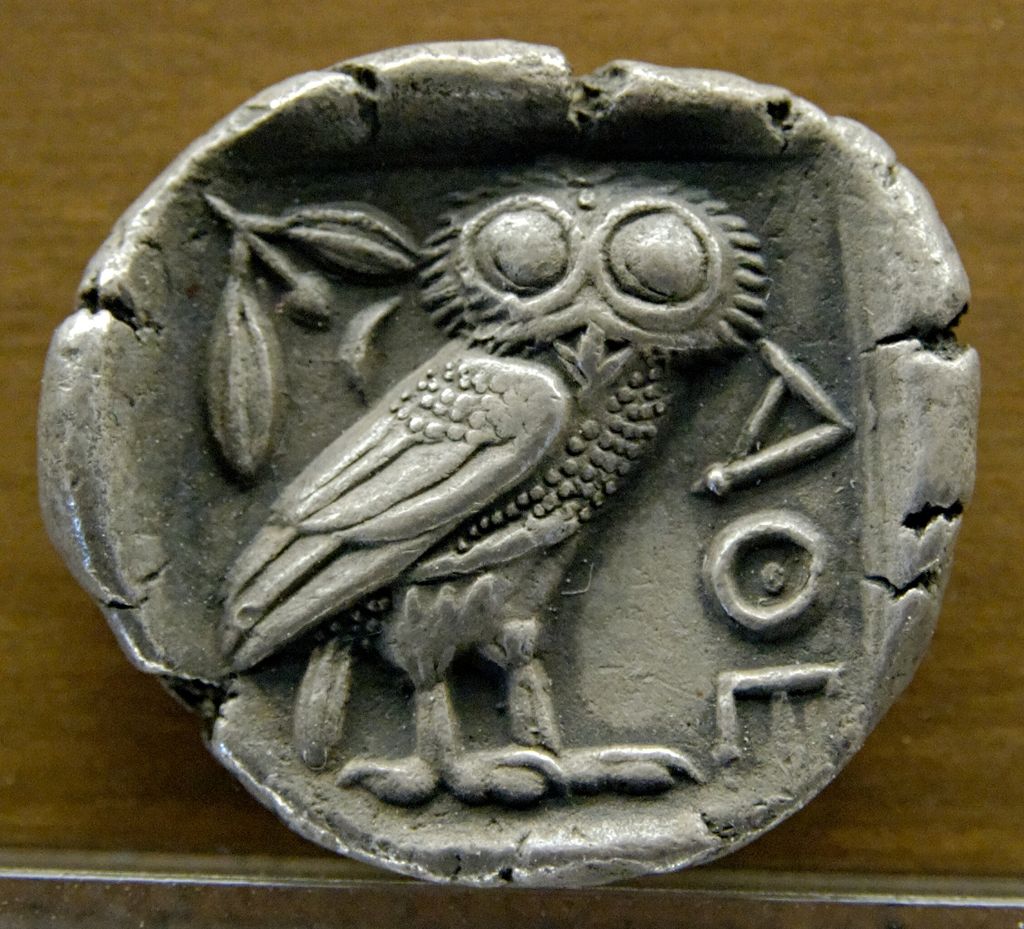
Discover the Story of Mina, the AI of Lemania
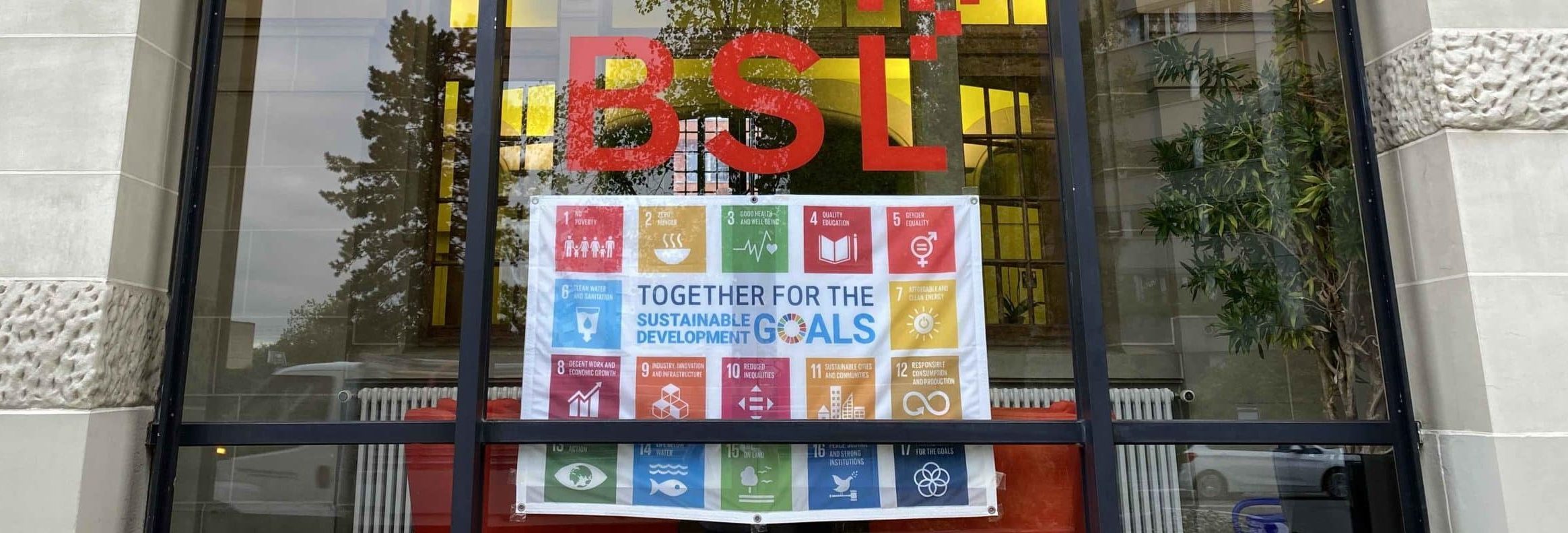
Climate Change: Why We Shouldn’t Be Discouraged Despite Trump’s Return to Power

We are not condemned to choose between happiness and ecology

When the vocational training is just a first step

Writing by hand helps you remember, or the proper use of tablets
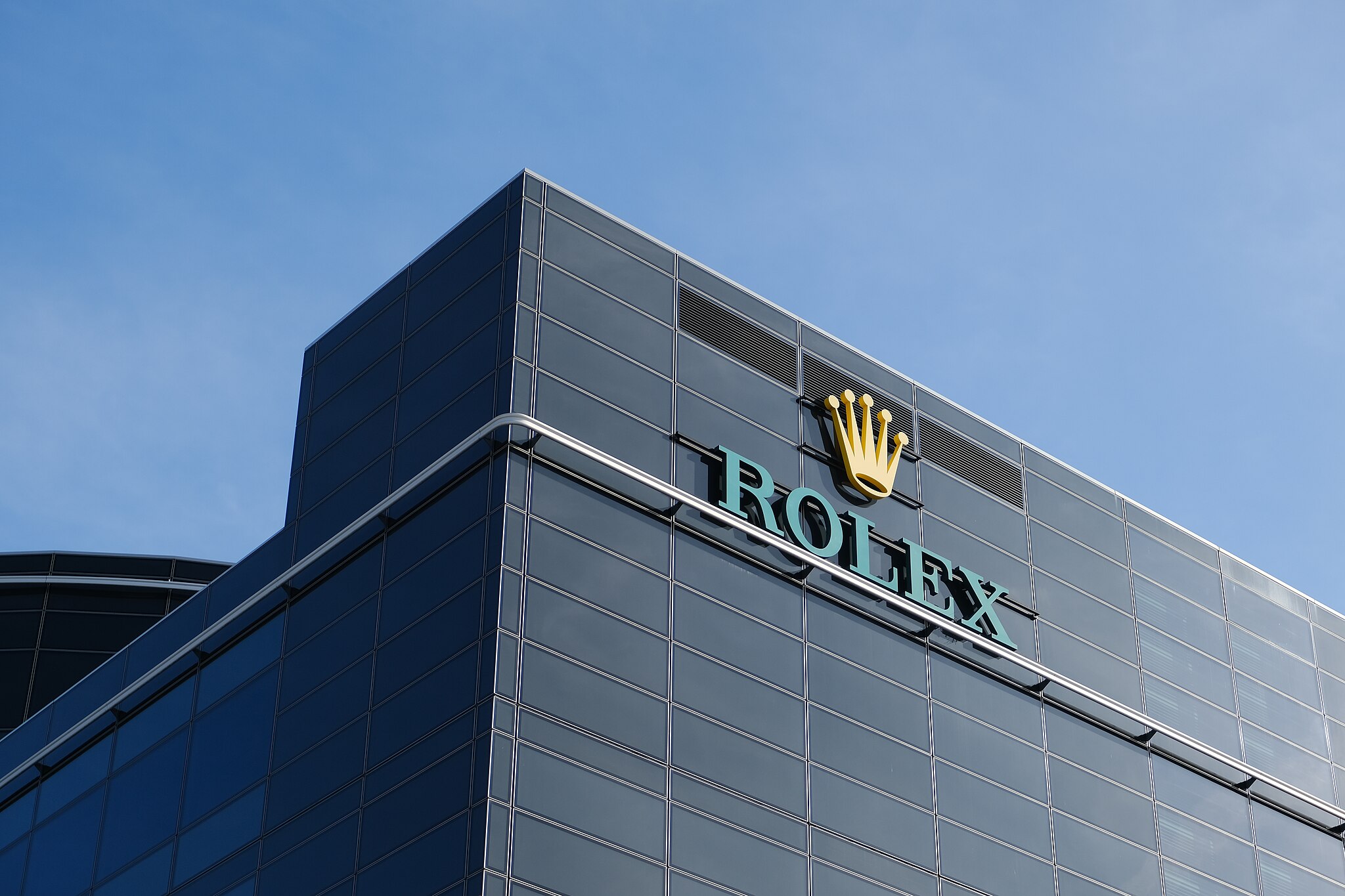
Ovomaltine, Rolex, Nescafé, Swatch or Nagra. What do they all have in common?


